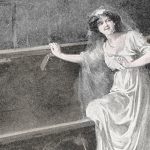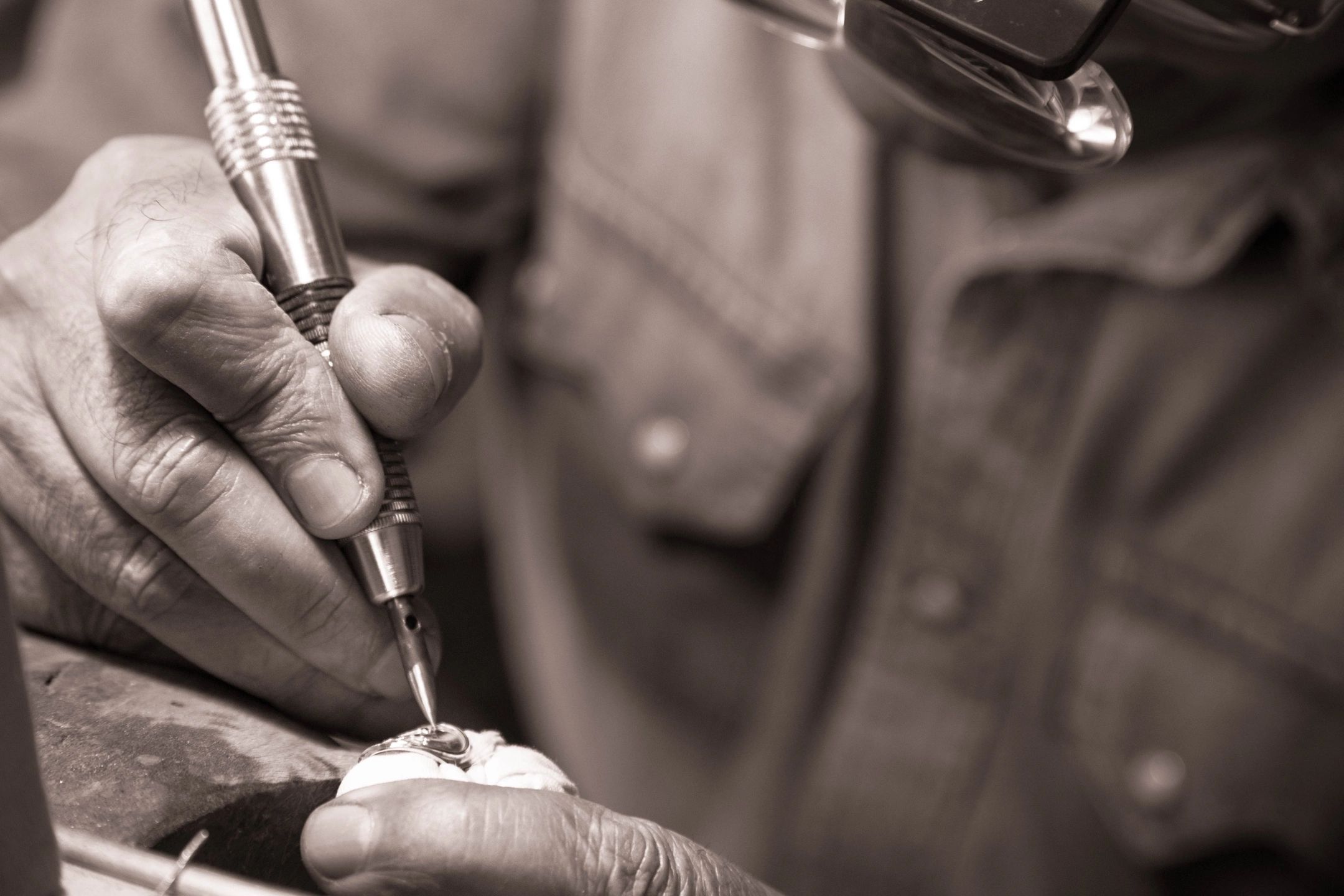
Looking for something a little different — and locally handmade —
for gifts this year? These artists have you covered
Handmade for the Holidays
Bill Johnston’s Clay Art
By Cynthia Adams
Photograph by Mark Wagoner
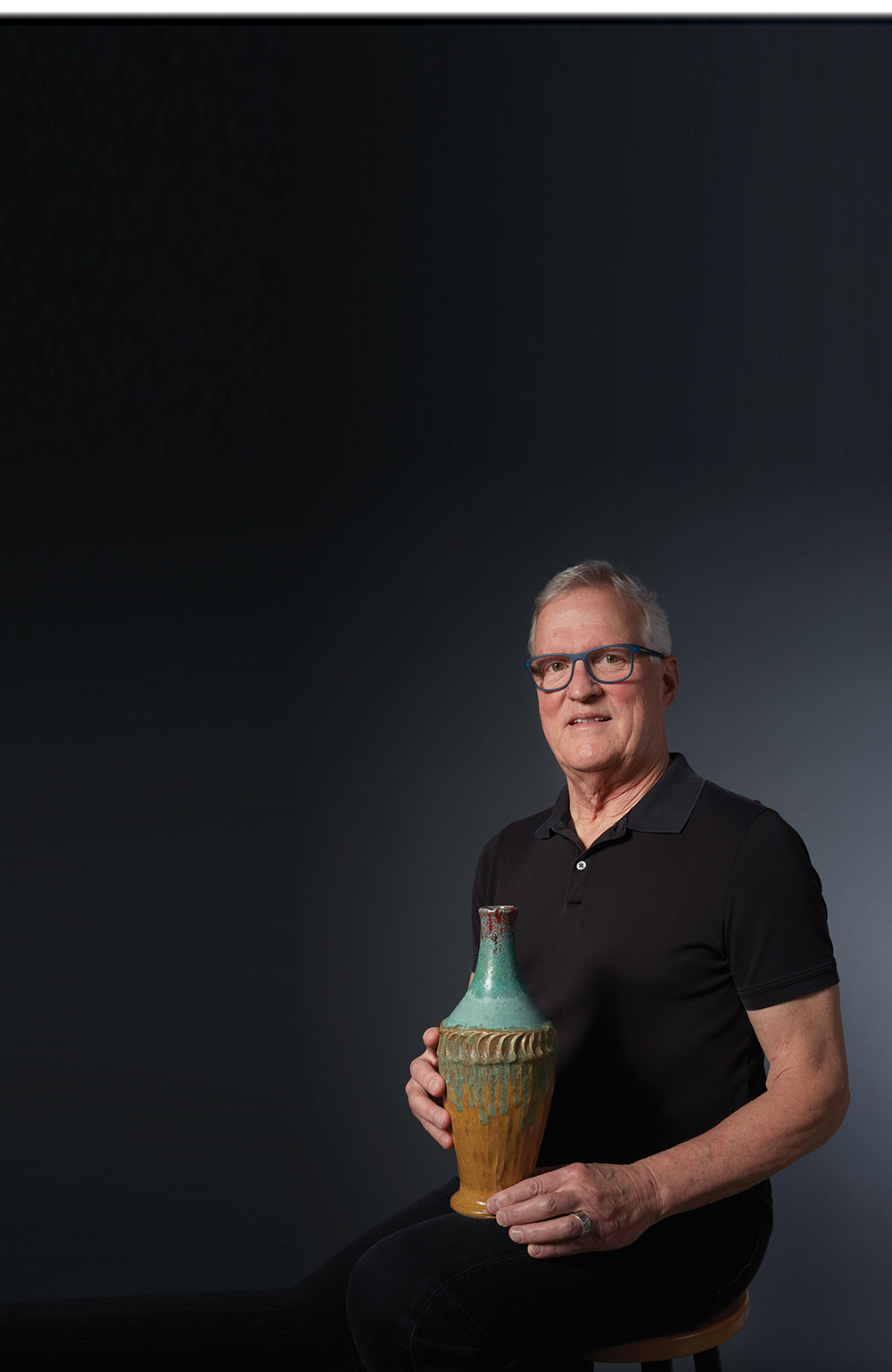
Bill Johnston was raised in North Wilkesboro, where his grandfather founded American Furniture Company, later American Drew.
“I grew up with an appreciation for the mountain wilderness and the forest,” says Johnston. “We cut timber and made furniture, and we were stewards of the land. So a lot of my pottery has leaves and acorns and symbols of the wilderness, the N.C. forest and Blue Ridge Mountains
The former designer took up his art after visiting a pottery festival in Virginia, where he retired in 2000. By the time he returned to Greensboro in 2014, he had acquired a pottery wheel. His early pieces were functional, — cookie jars and such — decorated with those signature acorns and leaves, and other organic themes. He moved toward pure sculpture, influenced by classical elements. Johnston joined the Northeast Artists League.
“The next year I got second place in sculpture. The art gallery invited me to do a show and they sold 75 percent of my pots,” he continues.
In 2018 he will have his seventh show at Wilkes Art gallery in North Wilkesboro. In his shop, Johnston is experimenting with “slip trailing.” Johnston applies watery clay onto the pot. As he wipes it off, he sculpts it into shapes.
“It’s innovative for me,” Johnston says. “Slip trailing gives me a way to sculpt and create interesting surfaces.” The vase in his hands takes on a painterly quality, with copper red glaze showing through on the inside and on the foot. In the background, Opera, usually Verdi or Mozart, fills the studio while he works. “When something is good, my heart rate goes up and I get so excited,” he says.
For info: WilliamJohnstonPottery.com or phone: (336) 707-6500.
Handmade for the Holidays
Gary Fischer’s Fused Glass Creations
By Maria Johnson
Photograph by Mark Wagoner
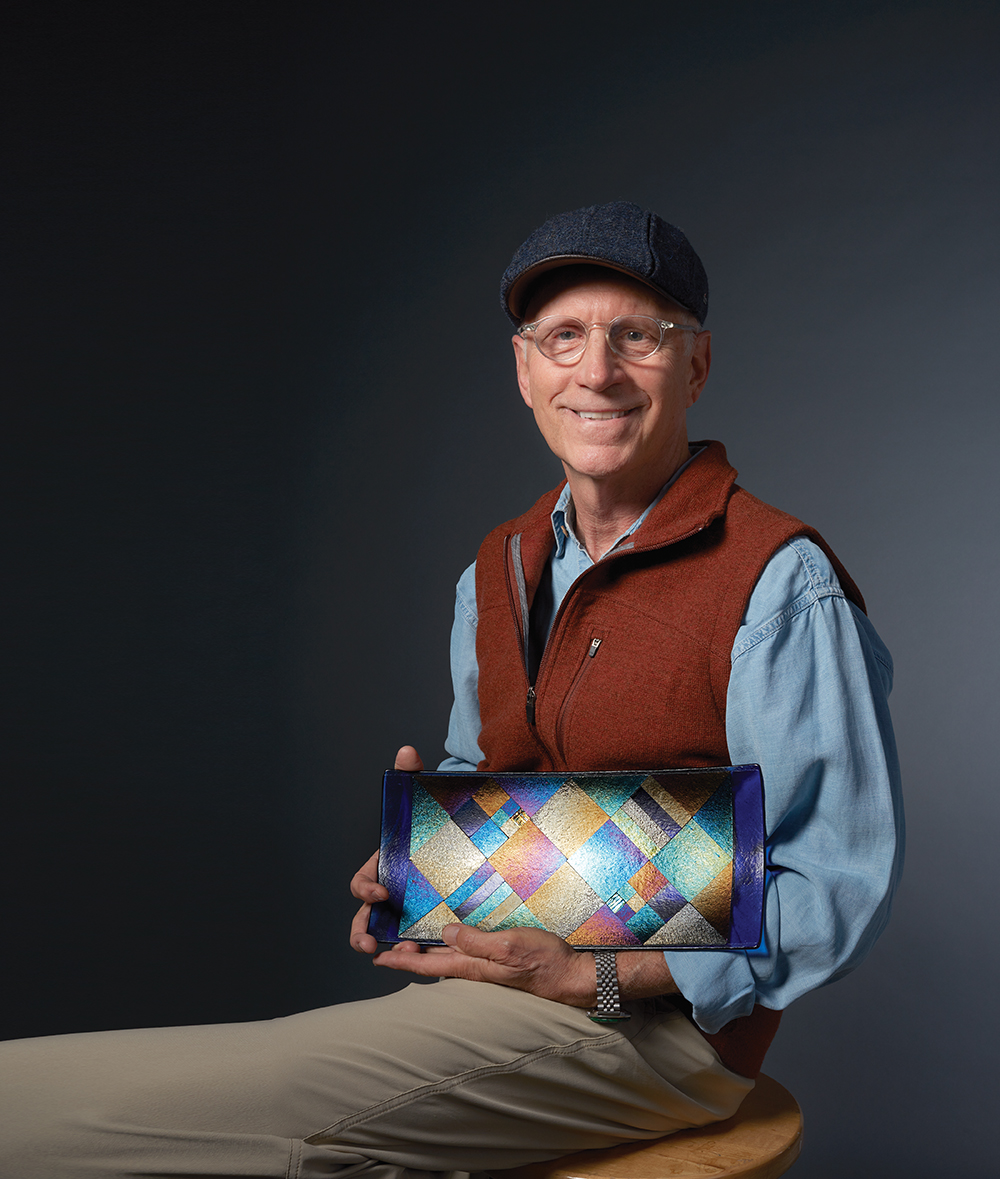
Gary Fischer was vacationing in the Bahamas in the mid-1990s when some colorful fused glass platters caught his eye in an art gallery.
“I’d never seen anything like it,” he says. “This was kind of like stained glass, but it didn’t have the lead between the glass pieces. It was like a free-form stained glass.”
Back home, Fischer, a radiologist, tried to research fused glass, but found little information; the Internet was still new. Then he noticed a newspaper item about a fused glass class at the Sawtooth School for Visual Art in Winston-Salem.
He took the course, and his imagination was fired.
What started as a hobby blossomed into a passion. Now retired, 71-year-old Fischer spends several hours a week happily immersed in his art. He works in the garage studio of the Hamilton Lakes home he shares with his wife, Ellen Fischer, an accomplished children’s book author who has written some Jewish-themed stories.
Gary Fischer focuses on Judaica in his glass art. His best sellers are mezuzahs, finger-shaped covers that contain small pieces of paper inscribed with prayers. Observant Jews mark their homes with mezuzahs on doorframes; the mezuzahs tilt toward the inside to welcome guests in.
Fischer creates menorahs for Hanukkah and plates for Shabbat and Seder meals. He also makes jewelry. His pendants, rings and earrings bear Hebrew words and symbols. He crafts secular pieces, too, and some Christian jewelry.
The ancient art of fusing glass — essentially melting pieces of glass together — taps Fischer’s understanding of science and aesthetics. The glass, which he buys in sheets, must be fired in a kiln at precise temperatures ranging from 1,100 to 1,400 degrees Fahrenheit. Cooling must occur very slowly.
One clue you’re looking at fused glass: Tiny bubbles form when pieces of glass are melded. You can see this in pieces made with see-through, or cathedral, glass. Other fused glasses are opaque. Some have iridescent sheens. Dichroic glass shimmers with different colors when held at different angles.
Fischer uses all of these glasses in his works, which he sold at the National Folk Festival during its three-year run in Greensboro. He also sells at the local Jewish Festival, on Etsy, and from his studio, by appointment. Info: Gfisch25@yahoo.com.
Handmade for the Holidays
The Deeply Felt Art of Jerry O’Donnell
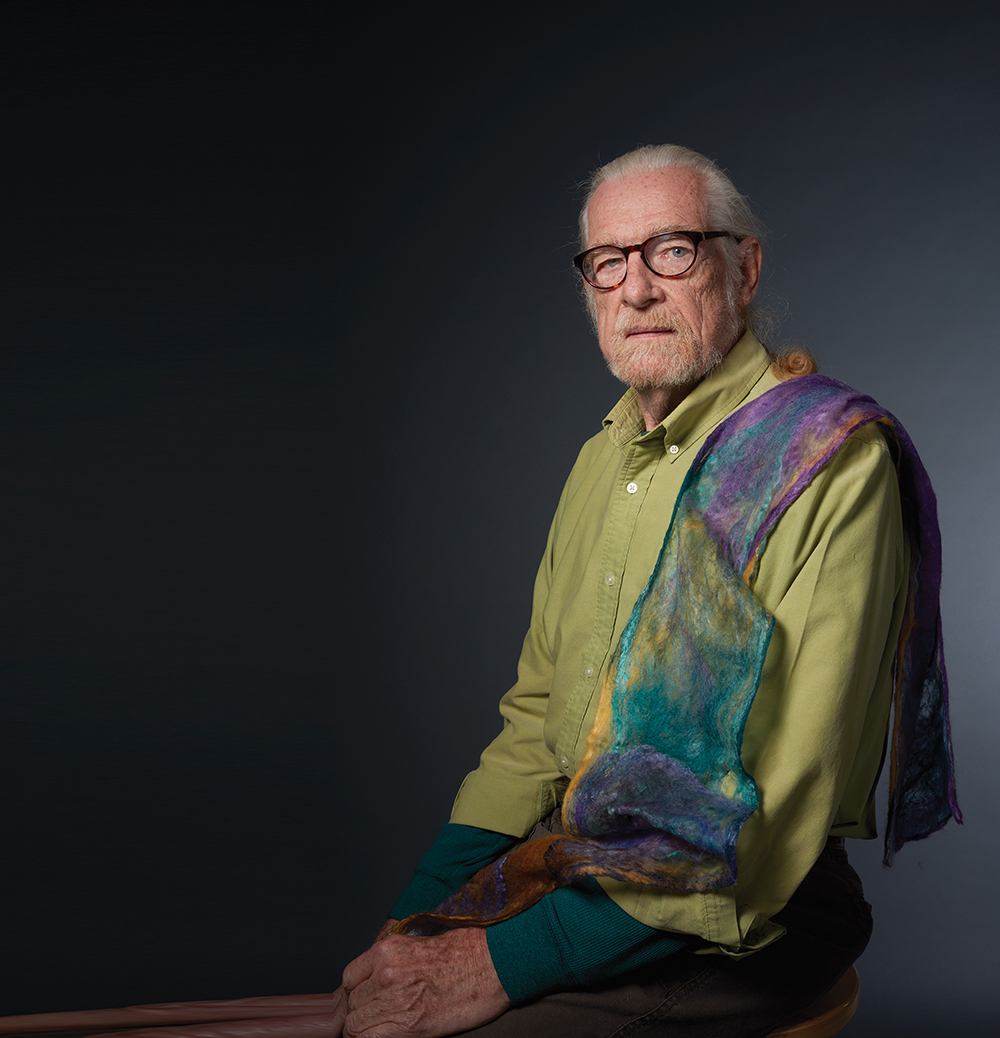
By Maria Johnson
Photograph by Mark Waggoner
Looking for a heartfelt gift?
How about a gift of artsy felt?
Greensboro’s Jerry O’Donnell has been creating one-of-a-kind felt works for nearly a decade. He’s best known for his earth-tone wall hangings that whisper landscape, but he also creates table runners, scarves, shawls, bags and felted soaps, which are exactly that —felt-covered bars of soap that act as gentle washcloths.
O’Donnell’s love affair with felting began in 2008, though it wasn’t his first fling with fiber. A native of Buffalo, New York, he’d learned to weave cotton and wool cloth during the arts and crafts renaissance of the 1960s. A fan of abstract expressionism, he longed to weave blocks of color with blurry edges similar to the paintings of Mark Rothko.
O’Donnell, a registered nurse, lugged his looms with him as he followed jobs to Florida and finally to Greensboro, where he discovered Gate City Yarns, a hive of fiber art.
One day, he explained his holy grail — the ability to weave diffused edges — to someone in the shop.
“Have you tried felting?” she asked.
“No,” O’Donnell said.
“I teach felting classes here. You should come to one of my classes,” she said. The teacher was Victoria Clegg, whom O’Donnell describes as the premier felter in this area.
From her, O’Donnell learned to conjure the effect he’d been after. He arranged wispy tufts of dyed animal hair — usually from sheep, goats, camels or alpacas — sprayed it with an alkaline solution (warm soapy water) and applied heat and pressure so the fibers would grab each other and draw nigh.
You know that cashmere sweater that went into the Maytag as your size and came out as a perfect fit for your cat?
That’s felting.
Only O’Donnell does it on purpose. As art.
His work was recently included in Cut & Dyed, a show at the Center for Visual Artists in Greensboro’s Cultural Center. He sells at Elements Gallery on South Elm Street.
Now retired from nursing, O’Donnell, 75, teaches felting where he learned it, at Gate City Yarns. Next year, he’ll lead a class at the Randolph Arts Guild in Asheboro. From time to time, he shares his knowledge through the nonprofit Creative Aging Network-NC, based in Greensboro.
With a master’s degree in applied gerontology from UNCG, O’Donnell is interested in helping seniors like himself be active and creative. Felting, he says, provides immediate results and an outlet for expression.
“I can paint with it, in a sense,” he says.
Rothko at last.
Info: elementsgso.wixsite.com
Handmade for the Holidays
Andrew Saulters’s Handstitched Books
By David Claude Bailey
Photograph by Mark Waggoner
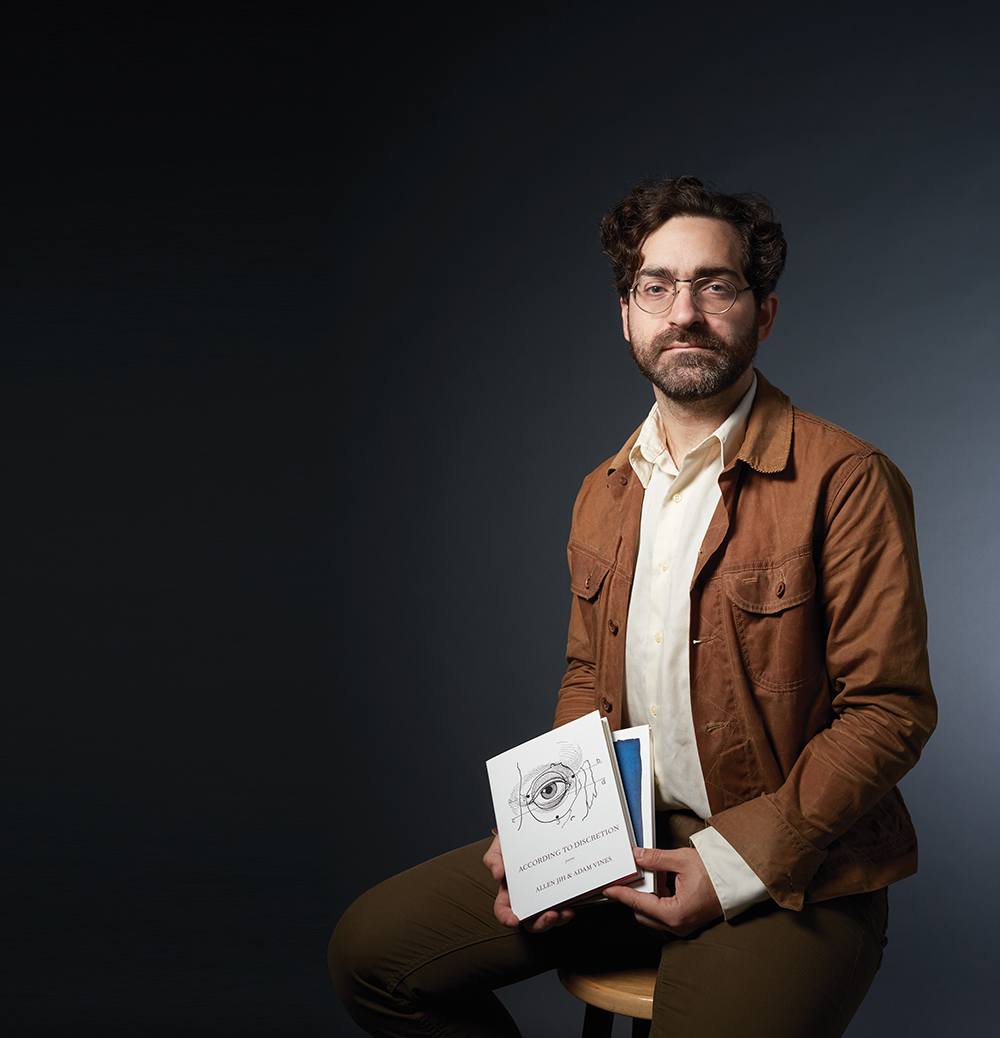
Go to one of Andrew Saulters’s favorite coffeehouses — The Green Bean, Coffeology or Tate Street Coffee House — and it’s easy to spot him, hunched over a table, looking a bit rabbinical with his full-on beard and crumpled Homburg hat. What on earth is he doing over there with a needle and thread? Why, he’s sewing another handmade book for Unicorn Press, which he took over from Glenwood Community Bookshop founder Al Brilliant last year after working with him for several years.
After launching the press in 1966 in Santa Barbara, California, with his then-partner Jack Shoemaker, Brilliant “published hundred and hundreds” of poets, along with his late wife, Teo Savvoy — aided, over the years, by 40-some other women and men who worked at the press. Such as Greeensboro’s Sarah Lindsay, who says she once “swept the floor and served tea at 4” there, in addition to setting type, printing pages and binding books by hand — before becoming a National Book Award finalist in poetry.
“Poets use small presses like a minor league,” Brilliant once told local writer Deonna Kelli Sayed in a podcast. For instance, Brilliant published Philip Levine’s Pili’s Wall in 1971 — before Levine, who died in 2015, snagged the Pulitzer Prize in Poetry in 1995 and became U.S. Poet Laureate in 2011.
Saulters, who earned an M.F.A in poetry from UNCG after completing a degree in aerospace engineering (as in rocket scientist) at Georgia Tech, stresses that Unicorn “seeks to publish excellent works of poetry that are unlikely to find a home elsewhere.” And so he has for the past four years, with a competition that publishes books by previously unpublished poets. Saulters’s cover designs are striking, his typography eclectic and solid, and his bindings handsome and well-crafted. And softcover books range for a remarkably reasonable $10-18. Still, he insists, “even though I spend a lot of time making these books, they only exist because of what’s inside them. They are objects that exist to be read.”
And also to be given as gifts — because while you’re giving someone something that’s made locally, one-at-a-time by hand, you’re also supporting undiscovered poets. And small bookshops such as Glennwood and Scuppernong that carry Unicorn books. And Andrew Saulters, a craftsman, poet and binder of books you can watch — while discussing the state of literature and the world over a cup of java.
Info: www.unicorn-press.org
Handmade for the Holidays
Skip Koscher and the Art of Bonsai
By Maria Johnson
Photograph by Mark Waggoner
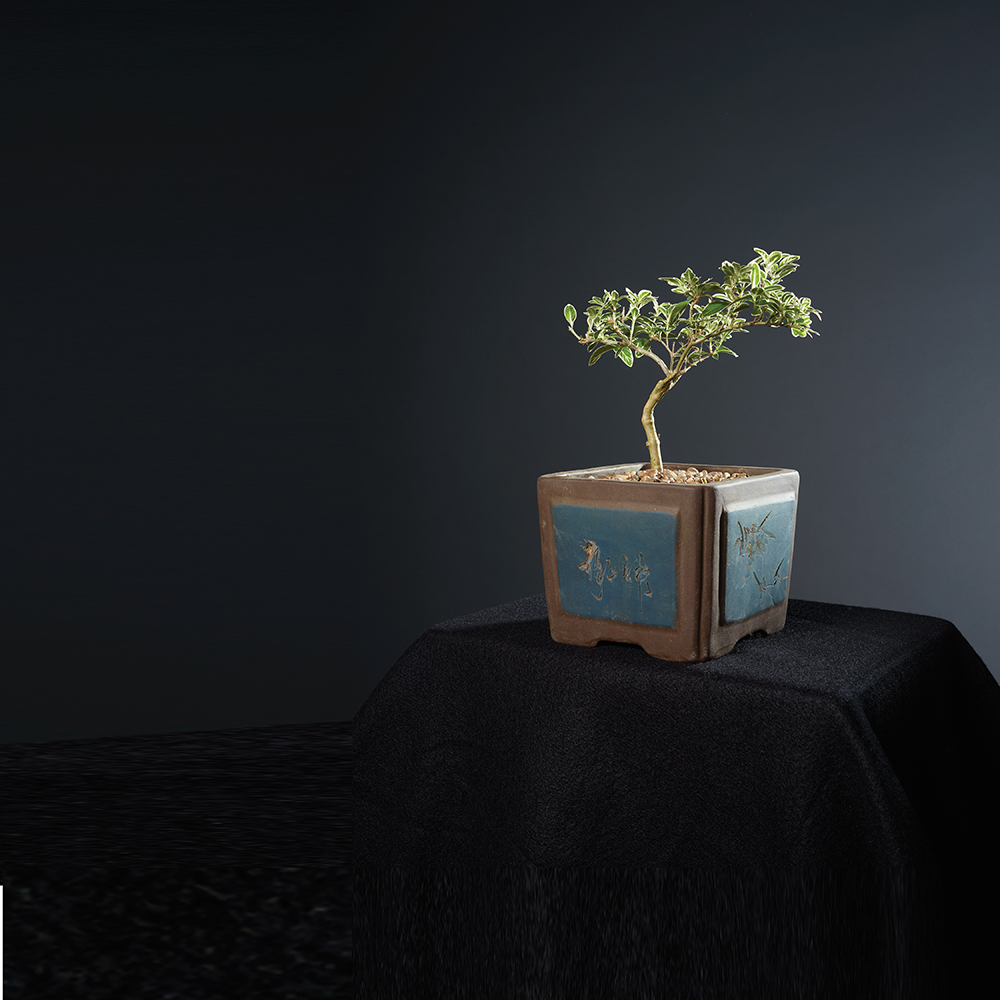
Sometimes, folks become artists on purpose.
Sometimes, it’s by accident.
Put bonsai artist Skip Koscher in the latter category.
Forty years ago, a friend saw one of Skip’s potted plants growing cockeyed on a shelf.
“Where’d you get the bonsai?” the friend asked.
“The what?” said Skip.
An artist was born.
Koscher read up on the ancient Chinese-and-later-Japanese art of bonsai. “It’s pronounced BONE-sigh,” says Koscher, ‘Bone’, as in chicken bone; ‘sigh,’ as in ‘I gotta do my taxes.’”
He learned that bonsai isn’t a particular kind of plant; it’s the practice of shaping a plant, usually a woody shrub or tree, into whatever the artist wants it to be.
Typically, the plant is potted in a shallow dish to stunt growth. Most people picture bonsai as a small tree that swoops to one side. That effect is achieved by careful training and pruning.
Koscher, who was making his living in the ancient American art of copier repair when his friend mentioned the bonsai-by-chance, started teaching himself the craft.
“It was a hobby that became an obsession that required funding,” he says.
For years, he sold his manicured creations on the side of U.S. Highway 220 between Lake Higgins and Lake Brandt in Greensboro. He also parked his truck, emblazoned with “BONSAI,” up the highway in the town of Madison.
He quit the roadside business about the same time he retired from his repair job eight years ago, opting to sell bonsai from the greenhouses behind his home in Stokesdale. That’s where you’ll find him most days, grooming his verdant pets. Sometimes, he coaxes them into shape with wires and weights. He’s been known to set a plant on its side to induce curved growth.
His most popular works are made from juniper, but he sculpts a wide variety of shrubs and trees: sarissa, Fukien tea, podocarpus, azalea, ficus, natal plum, acacia, osteomeles, bougainvillea, Texas ebony and others. Koscher, now 70, is hooked on making art that’s alive. His vision for every bonsai is unique. “It keeps changing, depending on what the plant presents,” he says
He’s not the only bonsai artist in the area, he says, but he’s the only one who sells to the public. He has sold thousands of plants ranging in cost from $35 to hundreds of dollars each.
Even then, he’s picky. He vets potential owners, asking questions about where the plants will be located. One couple wanted a bonsai for a windowless office. Koscher refused to sell to them. Most bonsai need full sun to filtered sun and an owner who pays close attention to watering needs. Koscher sends every plant home with a care sheet.
“It’s a responsibility,” he says, noting that bonsai can live 20 years or more if they’re well tended.
Thinking of giving bonsai as a gift? Pick a plant person, maybe one who has expressed a desire to have a bonsai by leaving you this magazine. With this page marked. And this story circled. Hey, there’s nothing like giving a sure hit.
Info: bonsainc.com OH


